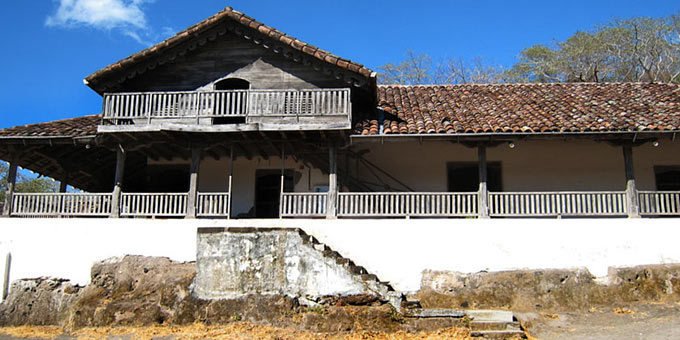
Nestled along Costa Rica's northwestern coastline, Santa Rosa National Park is a treasure trove of natural wonders and historical significance. This sprawling park, covering over 49,515 hectares, invites adventurers to explore its diverse landscapes, from pristine beaches to dry tropical forests. Let's delve into the allure of Santa Rosa, where nature and history unite to create an unforgettable experience.

A Natural Paradise: Santa Rosa is a sanctuary for biodiversity, boasting an impressive array of flora and fauna. As you wander through its dry tropical forests, you'll encounter towering trees, succulent cacti, and vibrant orchids. Keep your binoculars handy, as the park is home to an astonishing variety of wildlife. White-faced capuchin monkeys swing through the treetops, howler monkeys fill the air with their distinctive calls, and coatimundis scavenge for food on the forest floor. Birdwatchers will be delighted by the sight of scarlet macaws, great curassows, and crested caracaras, among many other species.
When establishing Santa Rosa National Park, it was decided that it would cover more than just the historical areas and include the forest, mangroves, and marshlands. There are ten different habitats in this area that are home to many different species. Birdwatchers will love that it contains a total of 250 species that are hidden throughout the trails. There are also over 100 recorded mammal species in the area that include monkeys, jaguars, pumas and deer. Recently the park added a new addition known as the Murcielago, which consists of valleys and peaks that contain thousands of bats.
Beaches and Beyond: Santa Rosa's coastline stretches for miles, offering pristine beaches where you can soak up the sun, swim in the warm Pacific waters, or even try your hand at world-class surfing. Playa Naranjo and Playa Nancite are particularly stunning spots to enjoy the surf and sand.
Historical Significance: Beyond its natural beauty, Santa Rosa is steeped in history. The park is home to Hacienda Santa Rosa, where an important battle took place in 1856 during Costa Rica's struggle against filibuster William Walker. Today, the historic buildings house a museum where you can learn about this pivotal moment in Costa Rican history.
Activities and Exploration: Santa Rosa offers a range of activities to suit all interests. Hiking trails wind through the park, offering opportunities for birdwatching, wildlife photography, and encounters with ancient Ceiba trees. Camping facilities are available for those who want to immerse themselves in the wilderness.
Seasonal Nesting: One of the park's most captivating natural events is the nesting of olive ridley sea turtles at Playa Nancite. Witnessing hundreds of turtles coming ashore to lay their eggs is a remarkable spectacle that occurs from July to November.
Home to Jaguars: Santa Rosa National Park is home to a surprisingly large population of jaguars! These large and elusive cats feast on the nesting sea turtles and actually have been filmed sharing a meal! This behavior has drawn scientists from all over the world and film documentaries have been made by National Geographic.
Preserving Costa Rica's Heritage: Santa Rosa National Park plays a vital role in preserving Costa Rica's natural heritage and commemorating its historical struggles. Whether you're a nature lover, history buff, or simply seeking adventure, this national park invites you to explore, learn, and connect with the beauty and significance of Costa Rica's northwestern coastline.
Santa Rosa National Park offers facilities and camping is allowed with a permit. The park entrance fee is 10USD. A guide is highly recommended for safety and overall experience as the wildlife is camouflaged.
The Northwest Pacific is one of the driest climates in Costa Rica. The beach areas have a fairly steady year round temperature with daytime highs averaging in the upper 80s to lower 90s. Night time lows are usually in the upper 70s. Precipitation varies through the year with the nicest weather between November and August.
Visitors should pack a bathing suit, towel, shorts, tee shirts, appropriate shoes, rain gear, sun block, and insect repellent.
Fun Fact: Playa Nancite is located within Santa Rosa National Park and is home to a primary nesting site for Olive Ridley turtles which can come in literally by the thousands during moon cycle driven arribadas.
| Playa del Coco | 60 km |
| Flamingo Beach | 127 km |
| Playa del Coco | 88 km |
| Liberia | 53 km |
| Playa Hermosa | 61 km |
Latitude: N 10° 53' 1"
Longitude: W 85° 46' 30"
Unsure of what to do? Let us make you a free custom trip plan!